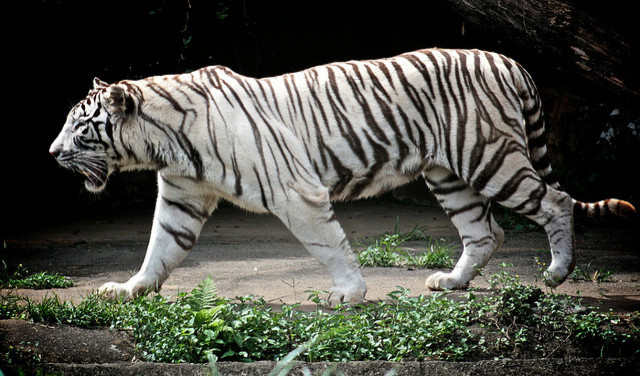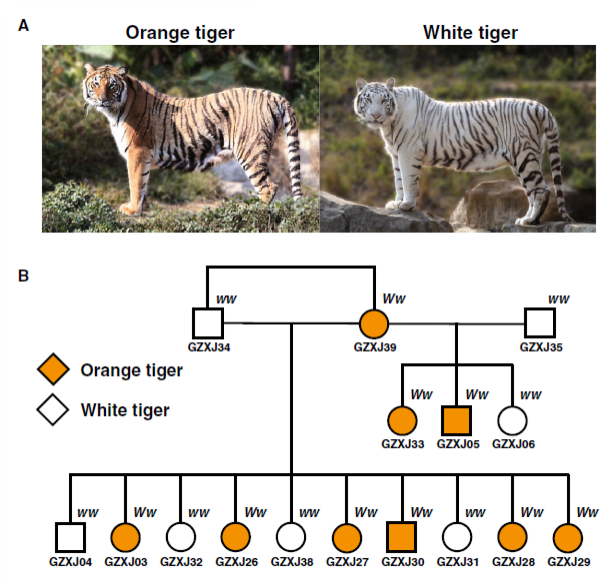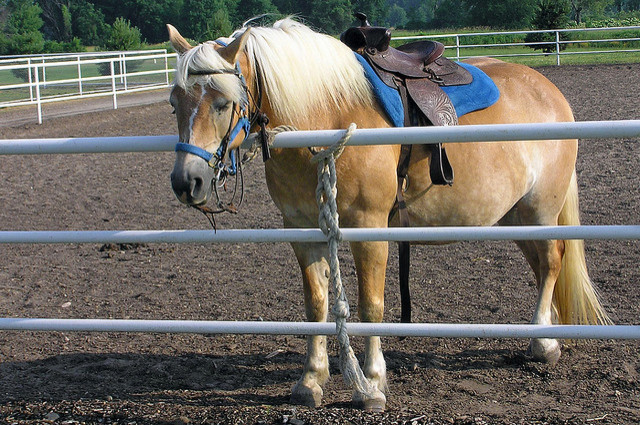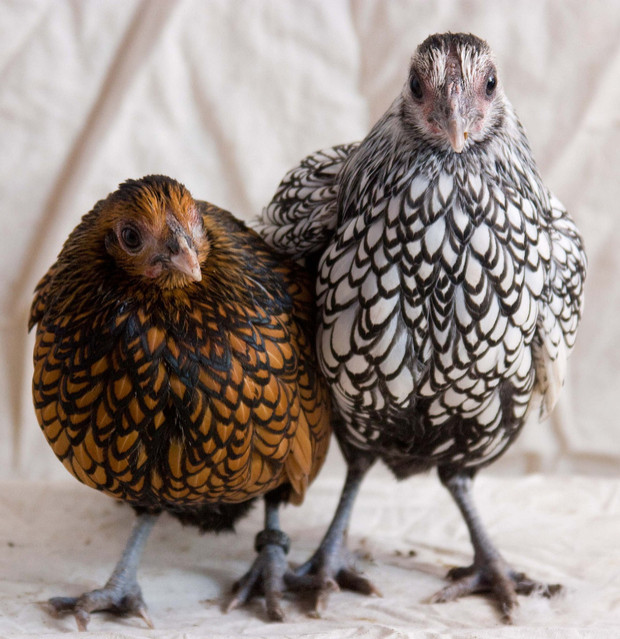White Tiger Genetic Secret Unveiled: Single Mutation In Single Gene Removes Orange Color [PHOTOS]

Chinese and South Korean scientists have discovered the secret of the white tiger’s coat: a single mutation in a single gene.
White tigers have been bred at zoos for decades, but have been spotted in the wild as far back as the 1500s. They’re not albinos – these cats can still produce dark pigment, as seen in their stripes, but they have a genetic mutation that prevents their coats from expressing orange pigment.

While many traits are governed by multiple genes, tiger breeding practices have established that the white coat trait is a single recessive trait, according to Shu-Jin Luo, a researcher at the Peking-Tsinghua Center for Life Sciences.
“Thus we expect that the white tiger phenotype comes from a single mutation,” Luo wrote in an email.
But the actual mutation itself has long escaped discovery.
“We tried many genes that have been reported to be associated with animal coat color, but none of them is responsible for the white tiger coat,” Luo wrote.
So, the researchers had to look at the whole tiger genome. First they sequenced a small piece – about 5 percent -- of the genomes of 16 tigers (seven white tigers and nine orange tigers) spread across two generations to focus on a region of genes known to be associated with white coat color. Then, the researchers looked at the whole genomes of the three parent tigers (two white tigers and one orange tiger), to see where the differed from their white offspring.

That led them to a small mutation in a gene called SLC45A2, where just a single amino acid in an entire protein is changed. That tiny difference prevents the tiger from making the reddish and yellow pheomelanin pigments, but does not affect the production of the black pigment eumelanin. The team then confirmed that the SLC45A2 mutation results in a white coat by scrutinizing 130 other unrelated tigers, both orange and white. Luo and his team wrote about their work with white tigers in a paper published on Thursday in the journal Current Biology.
In horses, SLC45A2 is known as the “cream gene,” and mutations can result in a range of lighter horse coat colors, from the tanner palomino:

To the perlino, which has a cream-colored body and a more reddish mane:

SLC45A2 mutations also result in silver chickens, as seen below on the right:

So can we make white tigers in the laboratory now? Luo says that’s beyond the scope of their research at present, but “definitely the finding will benefit captive breeders who would like to breed healthy white tigers at zoos.”
Currently, zoos that want to produce white tigers often resort to inbreeding, which can lead to a host of ills: premature death, deformities and stillbirths. Those problems had led some to think that the white coat gene itself was a deformity. But now the team’s finding shows it’s merely a natural, if rare, variation.
“Despite its low frequency, [the white tiger variant] has persisted for at least several hundred years and should be considered a part of the genetic diversity of tigers that is worth conserving,” the authors wrote.
SOURCE: Xu et al. “The Genetic Basis of White Tigers.” Current Biology 23, 1-5, 3 June 2013.
© Copyright IBTimes 2024. All rights reserved.





















